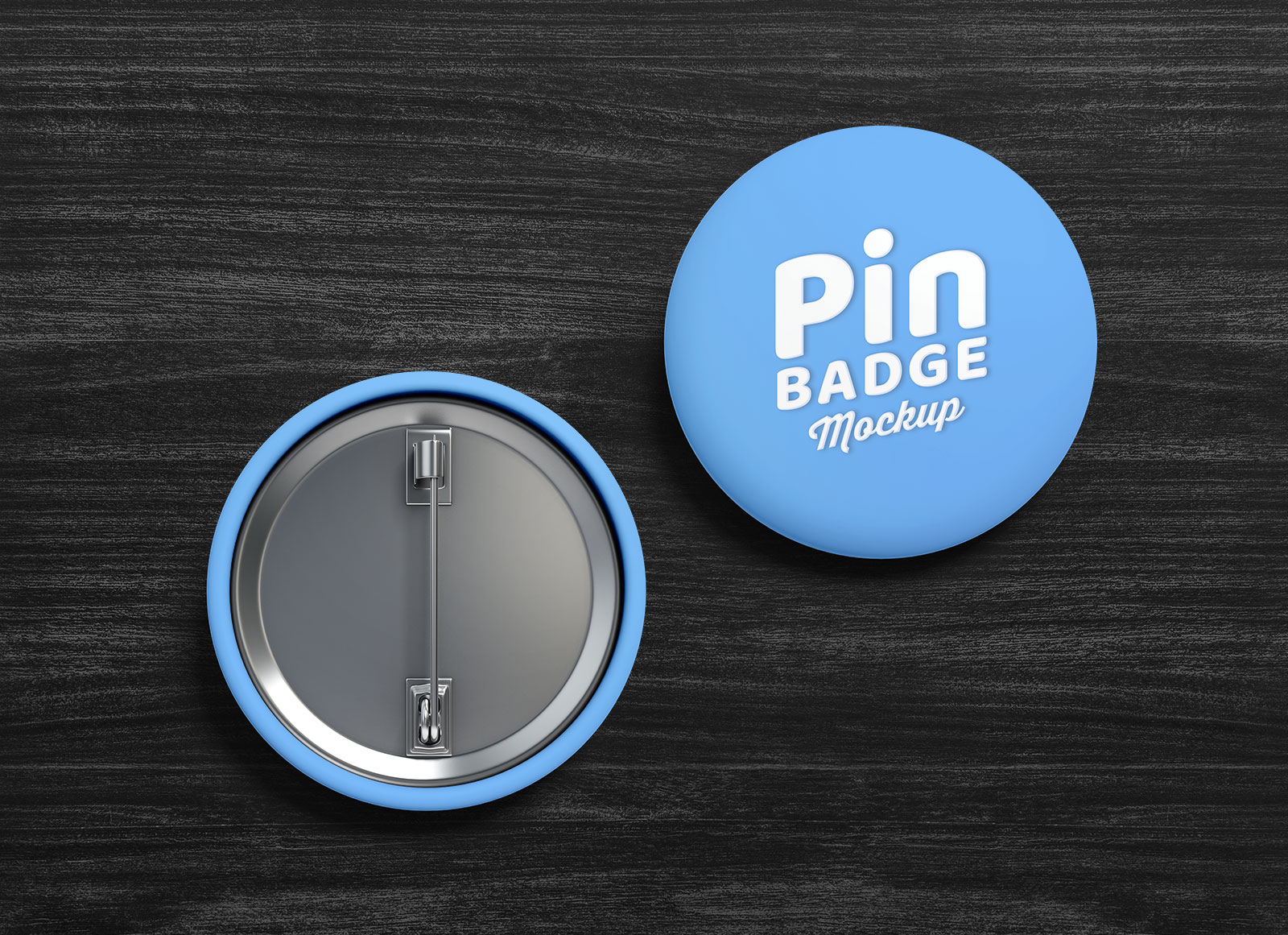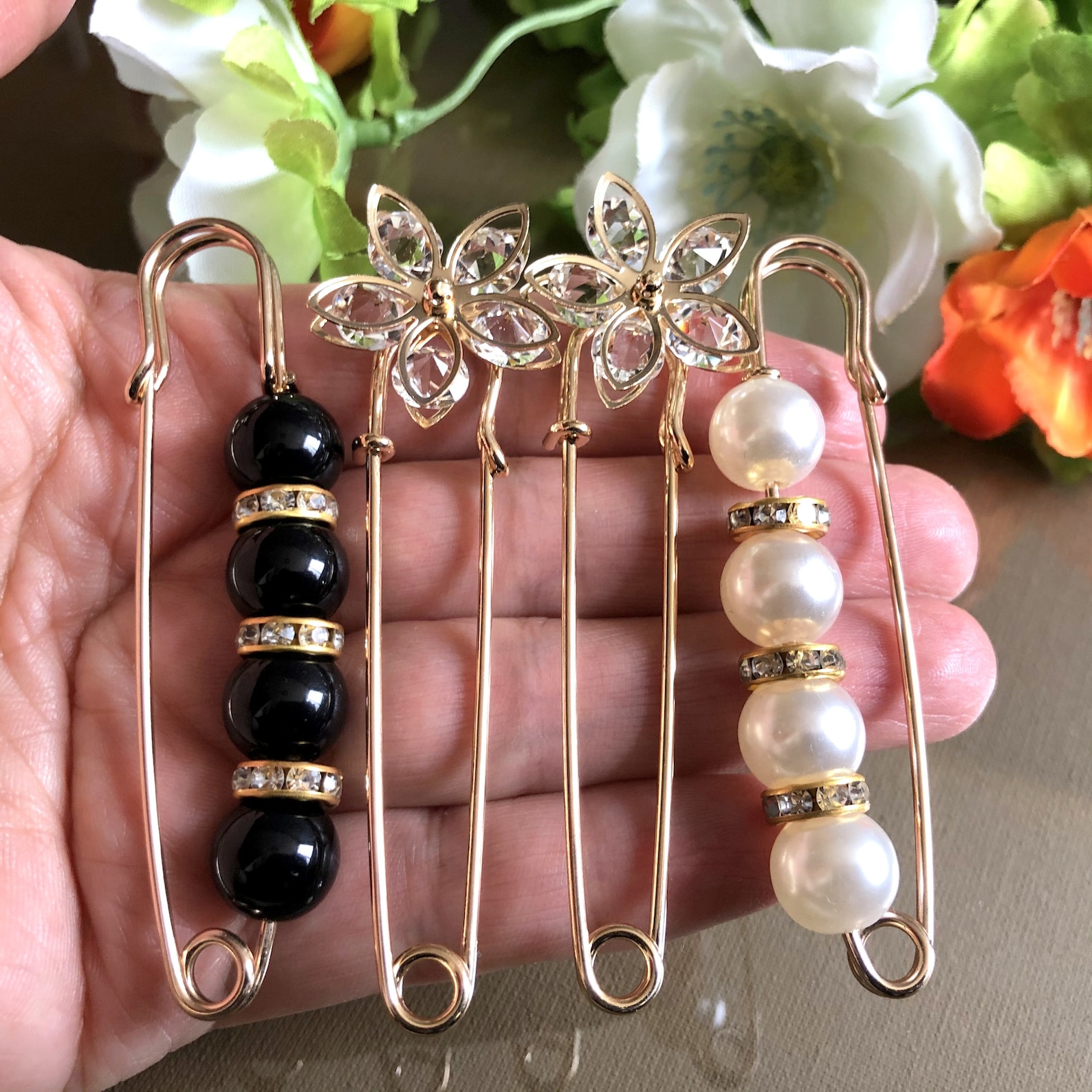
How we define the difference: Buttons are created with your design printed and pressed onto steel, while pins, specifically enamel pins, are casted metal shaped by a mold. The words button and pin are often used interchangeably. What is the difference between buttons and pins? They are then covered with plastic and have a pin affixed on the back to form a custom wearable item. Custom buttons are made of metal parts, usually steel, that gets pressed with printed artwork. They’re affordable, high quality and make for excellent keepsakes. So you're not just getting a high quality batch of custom buttons, you're becoming part of button history.Ĭustom pinback buttons are the perfect custom merchandise. When you order custom buttons from Busy Beaver, a sample of your order is automatically donated to the museum. The museum is dedicated to preserving the history of the button. factory also houses a button museum? Yes, that's right! Christen Carter, the owner of Busy Beaver, loves buttons so much that she created the world's only Pin-back Button Museum. Think of us as your friend in the button business - we'll make sure that you'll get the buttons you want, when you want them.ĭid you know that the Busy Beaver Button Co. Our team of dedicated and friendly button experts will work with you to create the custom pinback button of your dreams. Since 1995, Busy Beaver has been creating custom buttons for clients of all kinds. You can choose from standard, matte, metallic, glow-in-the-dark, holographic, neon, gold or silver paper, paper bag, and even 24k gold (for 1" only).Īnd we don't just offer button pins! Busy Beaver also offers a variety of unique products and services, including: Fridge Magnets, Lapel Magnets, Stickers, Mirrors, Bottle Openers, Button Machines, Button Parts, Button Packs, Sticker Packs and more! If you want to order custom buttons that are extra special, Busy Beaver offers a variety of exclusive special finishes.

Every button is made with care by a woman-owned business in a solar powered, geothermal facility. All of our custom buttons have a locking pin back. We also have unique oval and rectangle shapes.

If you’re looking for square pinback buttons, we offer 1 inch, 1.5 inch and 2 inch square. Our round options include 1 inch, 1.25 inch, 1.5 inch, 2.25 inch, 3 inch, and our biggest button, 6 inch. specializes in buttons and pins of almost every shape and size. The two-button events get triggered whenever the button is pressed and released.Busy Beaver Button Co. The pause() call here simply stops the script from exiting when it reaches the bottom. The rest of the script is only three lines: button.when_pressed = led.on That is because GPIO Zero only uses the GPIO pin numbers (also known as Broadcom or BCM numbers). You will notice that though the pins haven't changed, the numbers here are different from above. Since the GPIO Zero library has modules for the LED and button, you do not need to set up inputs and outputs like before. Setting up the pins is much easier with GPIO Zero: led = LED( 18) We also import Pause from the signal library, which is a Python library for event management. Since you are only using an LED and button, you require only those modules in the script. You'll notice you didn't import the whole library. To test out the new library open up a new Thonny file, and import the library.
Button pins code#
The GPIO Zero Library was created by Raspberry Pi community manager Ben Nuttall with the intention of making code simpler, and easier to read and write. The RPi.GPIO library is fantastic, but there is a new kid on the block. You can run the sketch by clicking the green Play button in the Thonny toolbar. Save your script by clicking File > Save As and choosing a file name. The else statement turns the LED off whenever the buttonPin is not False. This triggers the if statement, since False is the same as LOW, and the LED turns on. Once the button is pressed, buttonState becomes LOW.

While the button is not being pressed, it stays HIGH. Every time it loops it updates the buttonState by reading the input from the buttonPin.

The while True loop continually runs the code inside it until we end the program. Next, set up the program loop: while True: For now, if you don't quite understand it, don't worry! Pull-up and Pull-down resistor theory is confusing at first glance, but important knowledge to have when working with microcontrollers.


 0 kommentar(er)
0 kommentar(er)
